- Why I make different language versions of my printables
- What the difference between traditional and simplified Chinese is
- Which versions can be used with Cantonese and Mandarin.
Ultimately, everyone wants to know what they should study when learning Chinese.
I am not a Chinese language expert, but I do know the basics, so I hope I can help you gain a basic understanding of the relationship between the different forms of Chinese and how they work.
In the end, I hope you can figure out which one is the best for you and your family to learn right now.
he post contains affiliate links, which means I may receive a small commission, at no cost to you. If you make a purchase through a link. See the Disclosure for more details.
* Don’t forget to scroll down & grab the freebie *
Table of Contents
Background of the Chinese Languages
Range of Chinese dialect groups according to the Language Atlas of China [Sauce]
Chinese is a language with a very long history. The principles of written Chinese have not changed much despite the many changes in dynasties, geography, politics, and society.
However, for spoken Chinese, there are a lot of different dialects, so it is not unusual that people from different provinces are able to communicate using written language but are unable to understand each other verbally.
In the early 200th century, Mainland China, Taiwan, and Singapore adopted Mandarin (Standard Chinese) as their respective official languages, so many of the communication problems have gone away since then.
Today, Mandarin and Cantonese are the two most common Chinese dialects used in the world.
Even though most Chinese people speak a minority Chinese dialect, they mostly use it at home and within their own community and will use Mandarin or Cantonese to communicate with people outside of those communities.
Spoken Chinese: Mandarin & Cantonese
Now, let’s look at some of the similarities and differences between Mandarin and Cantonese.
Mandarin Chinese
Region:
Mainland China, Taiwan, Singapore
Sounds & Tones:
4 basic tones
For Example:
我是一個女孩。( I am a girl.)
(Written Mandarin) wǒ shì yī gè nǚ hái
(Spoken Mandarin) wǒ shì yī gè nǚ hái
<< Both written and spoken Mandarin is the same!>>
Cantonese Chinese
Region:
Hong Kong, Macau, and Southern China.
Sounds & Tones:
9 basic tones
For Example:
我是一個女孩。( I am a girl.)
(Written Cantonese) ngo5 si6 jat1 go3 neoi5 haai4
我係一個女仔。( I am a girl.)
(Spoken Cantonese) ngo5 hai6 jat1 go3 neoi5 zai2
Cantonese vs. Mandarin
The examples above show that Mandarin speakers speak the same way they write.
But Cantonese is a spoken language with no official written form, so Cantonese speakers can pronounce whatever they write like in Chinese, and speak it in Spoken Cantonese which how we have daily conversations.
The grammar is likely the same, but half of the pronunciations are totally different.
If you want more examples, you can see and hear some audio examples from my vocab books and mini-books.
Notes:
- When people talk about “Chinese”, they are usually referring to “Mandarin Chinese”.
- When they want to talk about Cantonese Chinese, they refer to it as “Cantonese”.
- Most of the Chinese immersion school and Chinese schools in the U.S. teach Mandarin Chinese.
Written Chinese: Mandarin & Cantonese
Why are there simplified and traditional Chinese?
Traditional Chinese characters were created and developed a long time ago, and most were created with individual meaning.
From 1950 to 1960, the government of China promoted the Simplified Chinese characters, and since then the Simplified Chinese characters have been officially used in Mainland China and Singapore.
However, Hong Kong, Macau, and Taiwan have continued to use Traditional Chinese characters.
Learning Both Traditional Chinese and Simplified Chinese
Traditional Chinese Characters: the foundation of all Chinese writing
There are a lot of Chinese people, including myself, who knows both Traditional and Simplified Chinese.
Since Simplified Chinese characters are transformed from Traditional Chinese characters, it is easier to learn both Traditional Chinese first and then Simplified Chinese.
The Benefit of Learning both Chinese Characters
- Understand fully the basics structure of the Chinese writing system
- Have a better understanding of the meaning of each Chinese character
- Have a more systematic in learning Traditional Chinese
- It’s easier to learn Traditional Chinese characters first and then Simplified Chinese
- Able to enjoy more volume and to options of Chinese literature and reading materials
Which “Chinese” Should I Learn?
It really depends on your goals, circumstances, and needs.
Most people and Chinese schools teach Mandarin. It is the most commonly used form of Chinese – even in Hong Kong, Mandarin is regularly taught and tested – so it is probably the most useful form of Chinese to know. If you plan on visiting, working in, or living in China someday, you probably will want to learn Mandarin.
As for written language, you should consider learning the simplified characters if you are interested in Mainland China or Singapore, but you will need to know traditional characters for Taiwan and Hong Kong.
If you have Cantonese speaking family and friends (like I do), it might make more sense to learn Cantonese. There are also still overseas communities and cities like Hong Kong that use Cantonese, so that might be another consideration when deciding what to learn.
And again, in Hong Kong, kids need to learn both Cantonese and Mandarin at school, so you might consider learning both with your kids too.
Here is a freebie for you to understand the relationship between spoken and written Chinese in just one page. Click the button to download.
Q & A
Here are my own personal answers to some commonly asked questions.
1. Is Cantonese harder to learn than Mandarin?
Yes. Tonal languages are difficult to learn for English-based language learners, and Cantonese has 5 more tones than Mandarin. Additionally, Cantonese has its own slang and phrases that are difficult to write down. Also, there are more Mandarin speakers than Cantonese, so it is easier to find native Mandarin-speakers to tutor you in Mandarin than Cantonese speakers for Cantonese.
2. Is it possible for a Cantonese speaker to learn Mandarin and vice versa?
Yes, it is possible. For us (native Cantonese speakers), we can pick up Mandarin easily. Also, the government encourages us to learn Mandarin, so in addition to classes at school, we also have access to movies, tv programs, and songs from Mainland China and Taiwan. I mainly picked up Mandarin from the Mandarin songs that my parents sang at their weekly karaoke night. When I was a teenager, I also loved to watch Taiwanese dramas and listen to Taiwanese pop songs, so that’s how I picked up most of the Mandarin sounds and tones.
For Mandarin speakers, they may also need to take Cantonese classes, and really immerse themselves in Cantonese in order to master the language.
3. Since Chinese is a tonal language, how do Chinese sing and understand songs?
I had never thought about this until people asked me. Yes, you are right that we must do tones differently when we sing. When we sing, we follow the song’s melody not the words’ tones. We understand the song through the context and the meaning of the whole song. I don’t think you can learn Chinese through songs unless you know basic vocabulary which will help you understand the general meaning of the lyrics.
4. If I want to study/learn spoken Cantonese, will Chinese books be helpful?
If you are ONLY interested in speaking Cantonese, Chinese books won’t be really important because you are learning a dialect not the standard language. However, in Hong Kong at least, we didn’t use any romanization system to learn Cantonese; instead, we learned how to pronounce each character directly in Cantonese. That means if you don’t know any characters, your spoken Cantonese would be very limited. If you just want to be able to have very simple daily conversations, learning spoken Cantonese through native-speakers should be enough. But if you want to be able to go a little further, and even read-out loud from books in Cantonese, it won’t be enough.
If you have any other questions or would like to add to my answers, feel free to leave a comment.
You Might Be Interested
- Introducing Chinese at Home (Online Course)
- Chinese Sentences Structure: How to Teach Kids to Form Sentences in Chinese
- How to Write a Year-Long Bilingual Homeschooling Plan
- An Interview about My Homeschooling life in Hong Kong
- How to Create a Language-Rich Environment to Learn Chinese at Home
- What is the Difference Between Mandarin and Cantonese? from Mandarin House
- I Want to Learn Chinese, Should I Learn Mandarin or Cantonese? from Omniglot
- Chinese Writing Systems: Traditional Chinese And Simplified Chinese from Miss Panda Chinese
- The Best 13 Apps to Learn Chinese on Your Smartphone or Tablet from Sapore di Cina
YOU ARE NOT DOING IT ALONE
Join my Facebook support group to meet and get connections with parents and educators with the same goals.
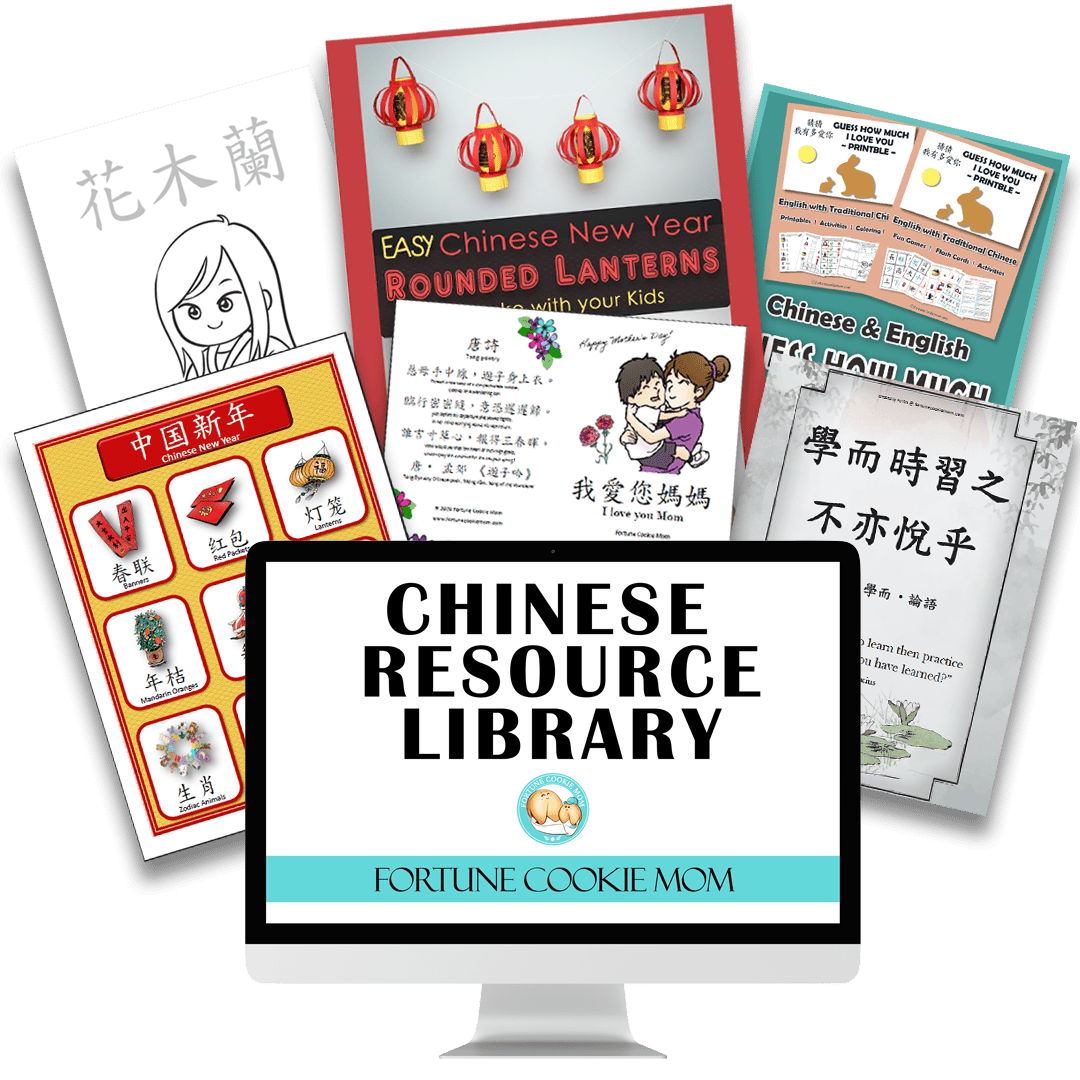
身为职业妈妈的我,常常牺牲睡眠来自作教材。版主全方位学习的新年教材真让我省下不少宝贵的时间找资料。四岁的女儿对中文学习有点抗拒。我们善用版主提供的迷你故事书和生字卡来增强她对语文的认识。版主的中文单词棋盘游戏更让女儿投入学习, 因为她想赢嘛!版主的教材可让小孩边玩边学, 太棒了。
This is the second 5-Day Challenge that we have done with Fortune Cookie Mom. Both have been very beneficial to our family. I am a homeschool mom of three little kids. We are not Chinese and do not speak any Chinese. With the help of Fortune Cookie Mom, we are slowly learning! The challenges have given me fun activities to do at home with the kids. Each one has reignited my kid's interest in learning. It has been a fun experience for everybody!

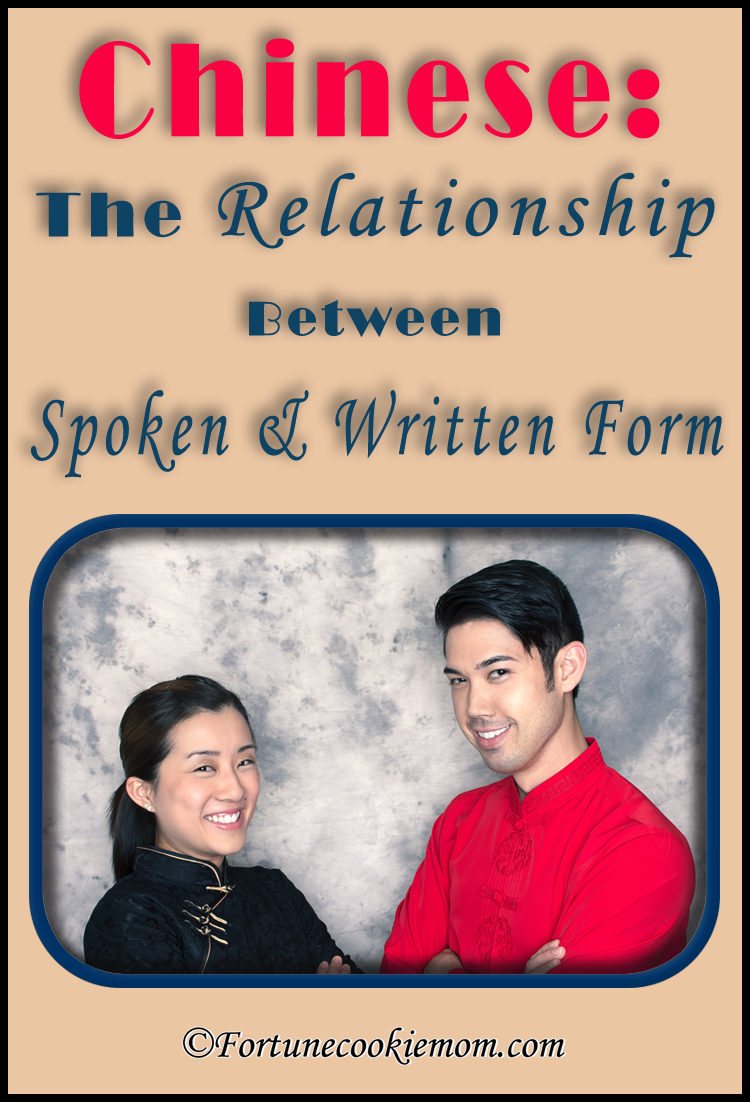
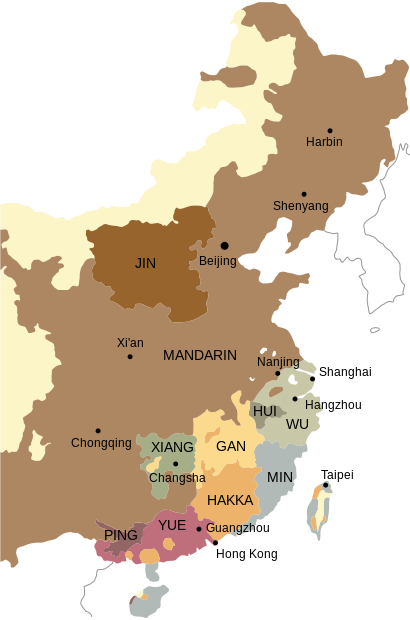
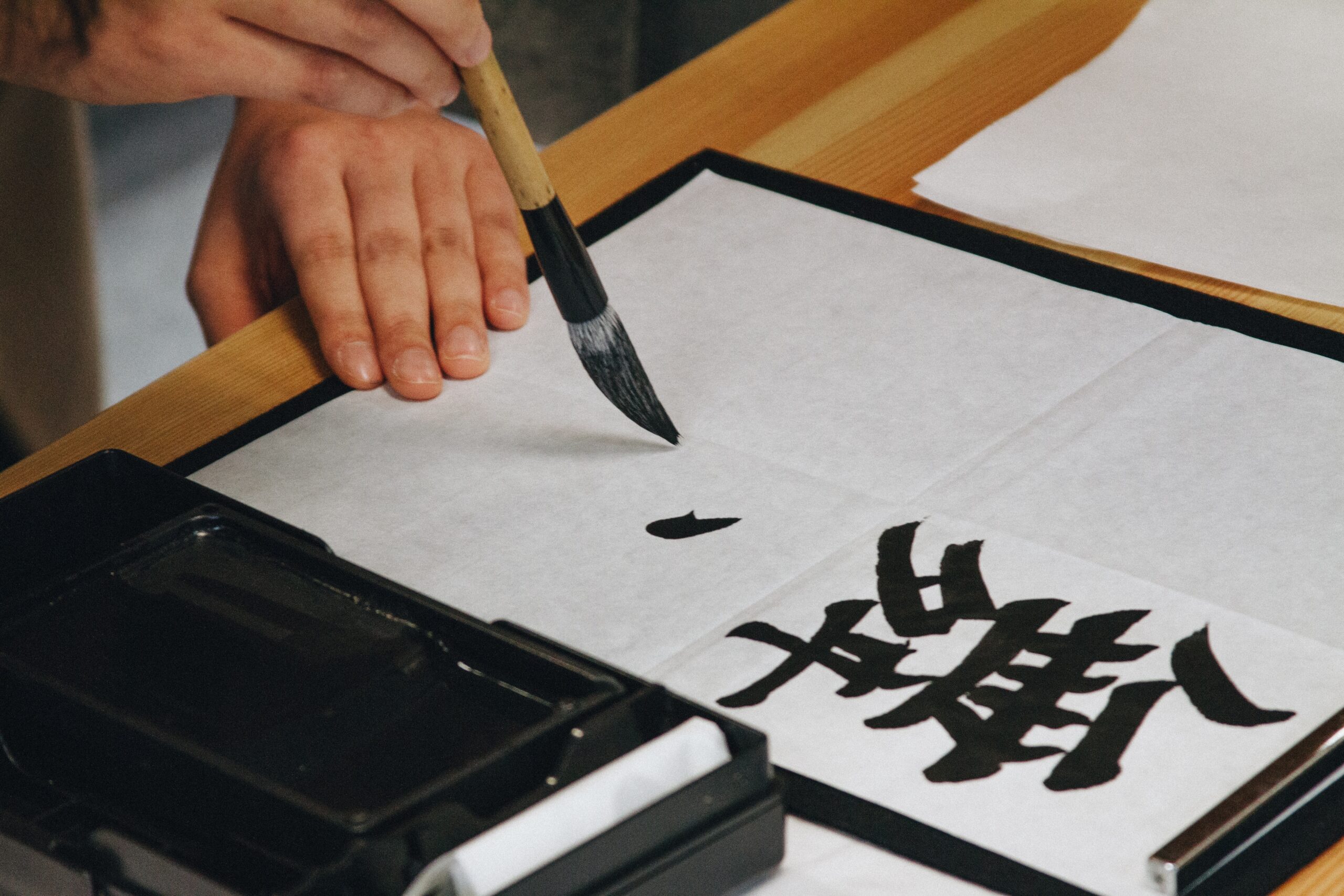
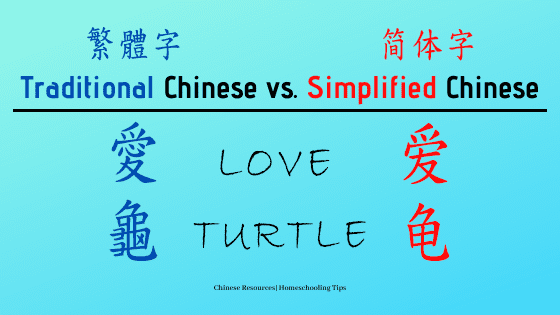




0 Comments